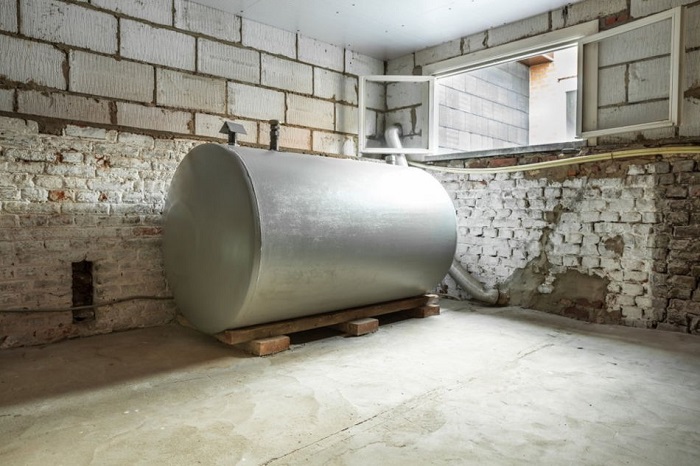What Regulations Govern the Process of Oil Tank Removal
by Anna Rose BloggerEnsuring environmental safety and averting possible risks necessitates the removal of subterranean oil tanks. To protect against environmental pollution and health concerns, this procedure is subject to a number of rules, which presents certain problems. The main laws that control the oil tank removal procedure will be discussed in this article.

Federal Regulations
At the federal level, the Environmental Protection Agency (EPA) is essential to the supervision of oil tank removal. The main goal of EPA rules is to stop leaky or abandoned tanks from contaminating land and water. Federal legislation mandates tight restrictions for oil tank removal in order to minimize the negative effects of petroleum leaks on the environment.
State-Specific Regulations
Each state may have its own set of requirements for oil tank removal in addition to federal regulations. These rules may place extra obligations on property owners and often address particular issues pertaining to the local environmental circumstances. To guarantee that oil tanks are removed correctly and legally, it is essential to understand and abide by state-specific legislation.
Testing of Soils and Water
Soil and water testing is one of the standard requirements included in regulations pertaining to oil tank removal. Environmental evaluations are carried out both before and after the removal operation in order to identify any pollution. This verifies that the removal has not contaminated the soil and water, and remediation must be done if necessary.
Proper Disposal of Oil and Tank Materials
The correct disposal of oil and tank materials is likewise governed by regulations. Green disposal of tank oil usually involves recycling or treatment at approved facilities. After being removed, the tanks themselves may need to be cleaned, disassembled, or made ready for recycling or legal disposal.
Notification and Reporting Requirements
Property owners must usually provide notice to regulatory organizations before beginning oil tank removal. In order to notify the authorities that the removal procedure has been successfully completed, there can also be reporting obligations. These notices and reports assist regulators follow oil tank removal operations and verify compliance.
Certification and Licensing
Contractors or other experts may need to receive licenses or certificates from the appropriate authorities in order to do oil tank removal. These certificates serve as proof that the people or businesses possess the required knowledge and are aware of the rules that control the procedure. It is ensured that oil tank removal is carried out in compliance with set norms by using trained personnel.
Conclusion
Oil tank removal is governed by federal and state laws to safeguard the environment and public health. Following these rules is crucial to preventing pollution of the land and water, and it also includes ensuring that oil and tank materials are disposed of properly. Owners must engage with trained specialists and know federal and state requirements to manage oil tank removal's complexity.
Sponsor Ads
Created on Feb 22nd 2024 06:58. Viewed 61 times.



